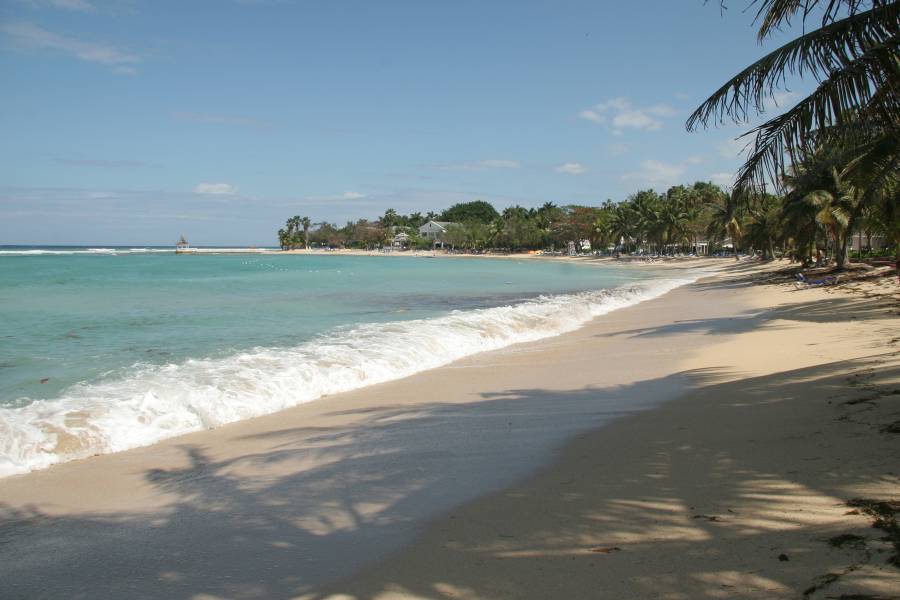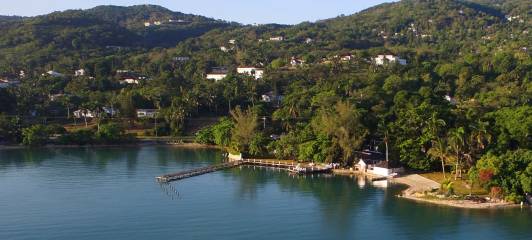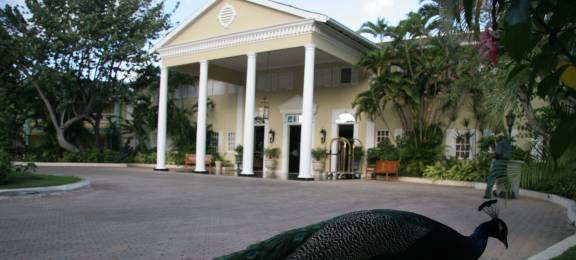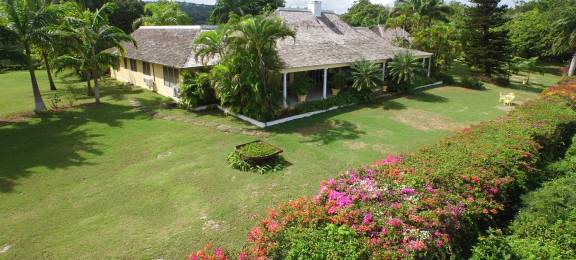David Pinto's Ceramic Studio (8 a.m.-4 p.m Mon.-Fri. or by appointment) is run by a Jamaican-born potter who studied ceramics during high school in the United Kingdom and later at Rhode Island School of Design before practicing in New York City. He returned to Jamaica in 1992 to establish his present studio in the Queen of Spain Valley on Good Hope Plantation, where he runs retreats led by internationally acclaimed guest master potters.













